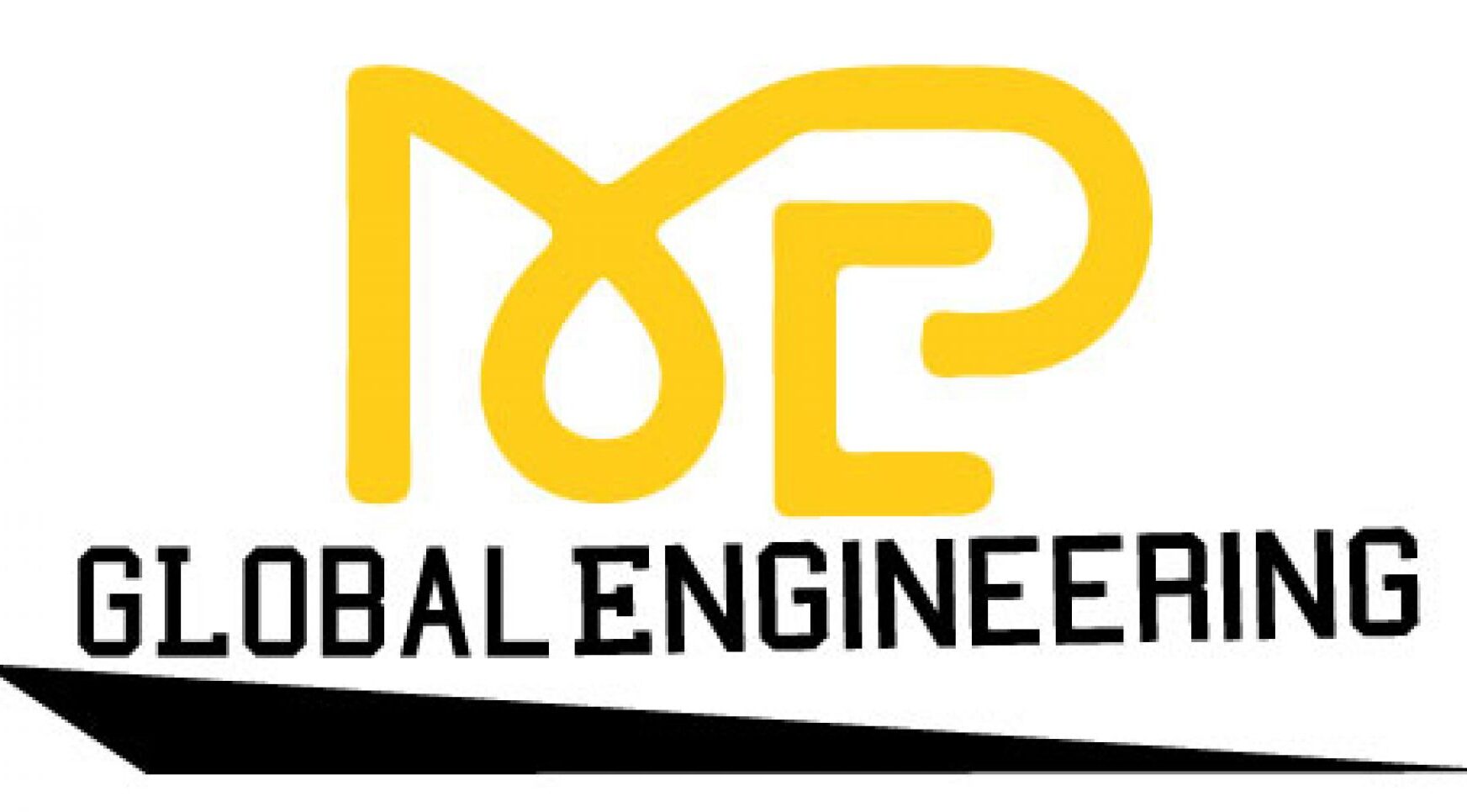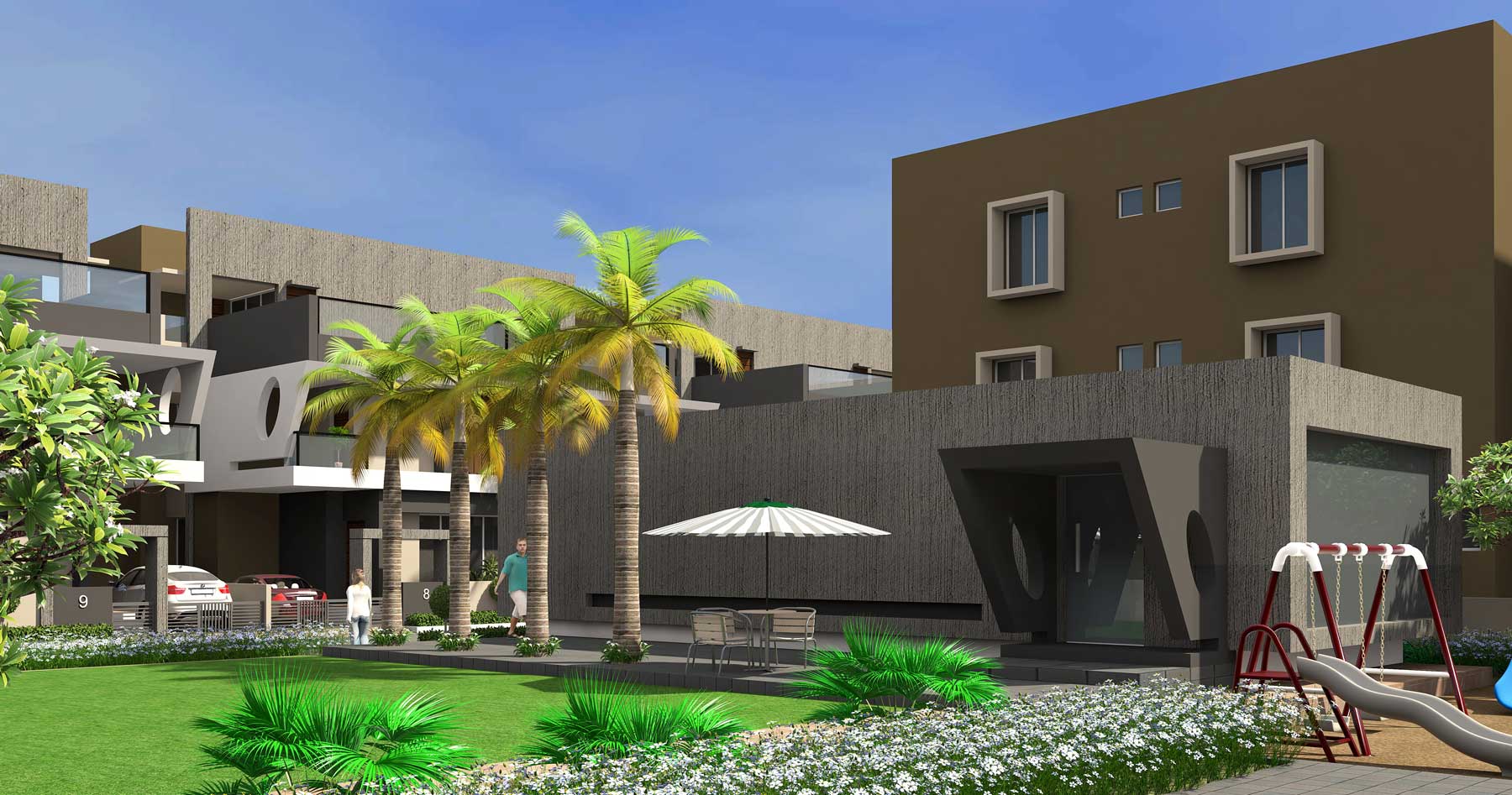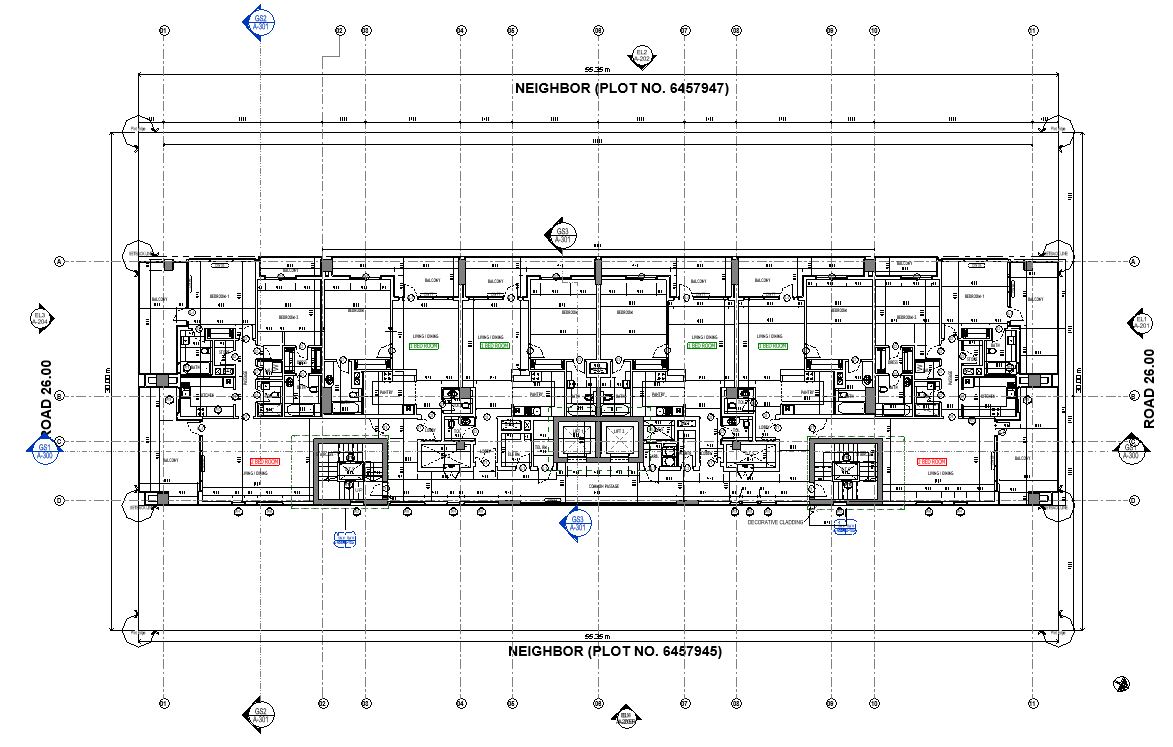
The Impact of 4D BIM on Project Planning and Execution
Master the Future of Construction with 4D Sequencing and BIM Scheduling Data
4D sequencing represents a transformative step forward in project management and visualization, adding a crucial time-related dimension to the traditional 3D models used in Building Information Modeling (BIM). By integrating the fourth dimension of time, 4D sequencing allows project managers and stakeholders to visualize the progression of construction activities over the project’s lifecycle. This enhanced perspective not only facilitates better planning and scheduling but also helps in identifying potential bottlenecks and conflicts early in the process. Consequently, 4D sequencing can lead to more efficient resource allocation, improved collaboration among teams, and a significant reduction in costly delays and rework. Embracing this advanced technology is essential for staying competitive in today’s fast-paced construction industry.
This integration of scheduling data into the BIM process enhances both the accuracy and the utility of the project information model. by enabling real-time updates and more precise project timelines. It also facilitates better coordination among team members, reducing the likelihood of scheduling conflicts and ensuring that all stakeholders have access to the most current information. This streamlined process ultimately leads to increased efficiency, cost savings, and higher quality outcomes for the entire project.
Planners should develop an accurate project program with time information integrated into the shared information model. With data linked to the graphical representation of components and systems, project information can be easily understood and queried. It can also show how construction progresses sequentially over time, visually depicting the structure at each stage. and highlighting potential bottlenecks or delays.
This level of detail and integration is crucial for maintaining transparency and accountability throughout the project lifecycle. by incorporating real-time updates and feedback loops, planners can quickly adapt to unforeseen changes or challenges, ensuring that the project remains on schedule. Failure to adopt such a comprehensive approach can result in miscommunication, errors, and costly delays. Therefore, it is imperative that all stakeholders commit to using this integrated model as the central source of truth for all project-related information. Only with full cooperation and adherence to these standards can we achieve optimal efficiency and successful project completion.
By incorporating time data—essentially the fourth dimension—into BIM, stakeholders can visualize the entire timeline of a construction project. Each component of the building is linked to a schedule, allowing for a dynamic simulation of the construction process. This visualization not only shows what will be built but also when and in what order things will be constructed. This integration of time data into BIM allows for proactive planning and problem-solving, reducing the likelihood of delays and unforeseen issues. It facilitates better coordination among teams, ensuring that resources are allocated efficiently and that each phase of the project progresses smoothly. By having a clear visual representation of the timeline, stakeholders can make informed decisions quickly, adjust schedules as needed, and keep the project on track.
This dynamic simulation fosters transparency and accountability. Every stakeholder has access to the same information, which helps in setting realistic expectations and managing deliverables effectively. The ability to foresee potential bottlenecks or conflicts before they arise enables teams to mitigate risks more effectively. In summary, integrating time data with BIM is not just an enhancement—it’s an essential evolution in construction management that drives efficiency, improves collaboration, and ensures successful project completion.
The advantages of 4D BIM are substantial:
Enhanced Planning and Scheduling:
With 4D sequencing, project managers can optimize the sequence of operations, reducing downtime and ensuring that resources are utilized efficiently. This leads to a smoother workflow and can significantly reduce the duration and cost of the project.
Improved Communication:
Visualizing the construction process helps bridge the gap between various stakeholders. It allows everyone involved—from architects and engineers to contractors and clients—to see the planned progression of a project, which helps in setting realistic expectations and facilitates clearer communication.
Proactive Conflict Resolution:
By simulating the construction process, potential conflicts and issues can be identified early. This proactive approach saves time and money by addressing problems before they impact the construction site, reducing the need for on-the-fly adjustments.
Safety Enhancements:
4D BIM enables project managers to foresee and avoid logistical conflicts and safety issues by planning the precise timing and location of construction activities. This foresight helps in implementing better safety measures and reducing the risk of accidents on site.
Efficient Change Management:
Changes in construction projects are inevitable, but with 4D BIM, the implications of any change can be visualized and understood before they are implemented. This allows for better decision-making and minimizes the disruption caused by changes.
Detailed Documentation:
The project timeline created with 4D BIM serves as a detailed record of the project’s progression. This documentation is invaluable for maintenance, future renovations, or legal matters.
In conclusion, 4D BIM is not just an enhancement of existing technology—it’s a necessary evolution in the ongoing drive to improve construction project delivery. It provides a clearer, more comprehensive understanding of the project lifecycle, driving efficiency, safety, and communication across all stages of construction.




Benefits of Implementing BIM in Infrastructure Projects
[…] seasoned professionals excels in delivering precise and detailed models that facilitate efficient planning and execution. We pride ourselves on our commitment to quality and our ability to adapt to the unique demands of […]
Importance of Adopting BIM for Infrastructure Projects
[…] invite you to experience the transformative impact of our comprehensive planning software firsthand and join the ranks of satisfied clients who have benefited from our […]
Why Adopting BIM is Non-Negotiable for Forward-Thinking Firm
[…] analysis. By leveraging this technology, construction professionals can achieve higher accuracy in planning and execution, ultimately delivering projects on time and within budget while maintaining quality […]
Laser Scan to BIM: The Future of Digital Construction
[…] standard practice. The accuracy and efficiency it brings are indispensable for modern construction projects striving for excellence in execution and […]
Transform Your Projects with Expert Laser Scanning Services
[…] Equipped with state-of-the-art tools and advanced scanning machines, we ensure that every project is executed with unparalleled accuracy. Leveraging the power of LiDAR technology, our processes are not only […]
The Benefits of BIM Coordination and Clash Detection - MEP
[…] BIM provides project managers with tools and data necessary to make informed decisions quickly. The centralized nature of BIM facilitates easier management of information and resources, leading to smoother project execution. […]
The Role of BIM in Architecture, Engineering, Construction
[…] The AECO sector, an acronym for Architecture, Engineering, Construction, and Operations, represents the comprehensive lifecycle of a building from conception to demolition. This sector encompasses all the disciplines involved in the creation, maintenance, and management of built environments. The integration of Building Information Modeling (BIM) within this sector has brought about a transformative shift in how projects are approached and executed. […]